
Sayyed Abol-Ghasem Mostafavi-Kashani was an Iranian politician and Shia Marja.
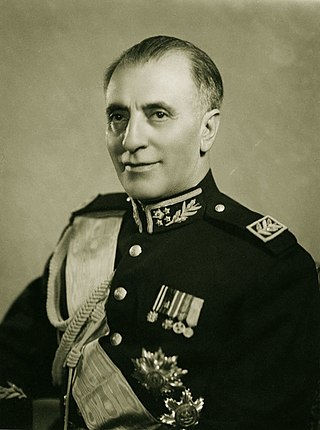
Fazlollah Zahedi was an Iranian lieutenant general and statesman who replaced the Iranian Prime Minister Mohammad Mosaddegh through a coup d'état supported by the United States and the United Kingdom.
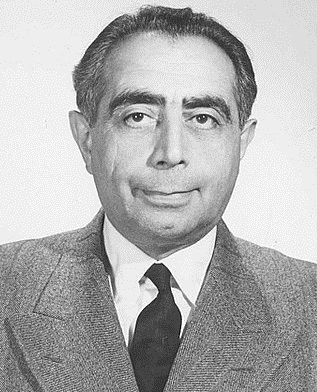
Ali Amini was an Iranian politician who was the Prime Minister of Iran from 1961 to 1962. He held several cabinet portfolios during the 1950s, and served as a member of parliament between 1947 and 1949.

Ali Razmara, also known as Haj Ali Razmara, was a military leader and prime minister of Iran.
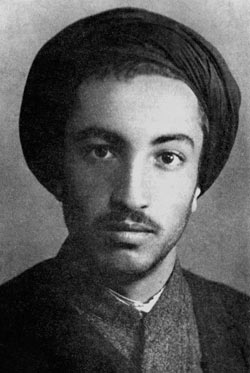
Sayyid Mojtaba Mir-Lohi, more commonly known as Navvab Safavi, was an Iranian Shia cleric and founder of the Fada'iyan-e Islam group. He played a role in assassinations of Abdolhossein Hazhir, Haj Ali Razmara and Ahmad Kasravi. On 22 November 1955, after an unsuccessful attempt to assassinate Hosein Ala', Navvab Safavi and some of his followers were arrested. In January 1956, Safavi and three other members of Fada'iyan-e Islam were sentenced to death and executed.

Hossein Fatemi was an Iranian scholar. A close associate of Prime Minister Mohammad Mosaddegh, he proposed nationalization of Iranian oil and gas assets. Initially a journalist, he served as minister of foreign affairs from 1951 to 1953. After the 1953 coup d'état toppled the government of Mosaddegh, Fatemi was arrested, tortured, and convicted by a military court of "treason against the Shah", and executed by a firing squad.

Hosein Alā was an Iranian politician who served as Prime Minister in 1951 and from 1955 to 1957.

Fadā'iyān-e Islam is a Shia fundamentalist group in Iran with a strong activist political and allegedly terrorist, orientation. The group was founded in 1946, and registered as a political party in 1989. It was founded by a theology student nicknamed Navvab Safavi. Safavi sought to purify Islam in Iran by ridding it of 'corrupting individuals' by means of carefully planned assassinations of certain leading intellectual and political figures. The group executed a series of successful killings and attempted killings and succeeded in freeing of some of its assassins from punishment with the help of the group's powerful clerical supporters. But eventually the group was suppressed and Safavi executed by the Iranian government in the mid-1950s. The group survived as supporters of the Ayatollah Khomeini and the Iranian Revolution.
Khalil Tahmasebi was a carpenter and member of the Iranian fundamentalist group Fadayan-e Islam, which has been described as "the first Shiite Islamist organization to employ terrorism as a primary method of political activism." On behalf of this group, Tahmasebi assassinated the Iranian Prime Minister, Ali Razmara, on 7 March 1951. He was described as a "religious fanatic" by The New York Times. In 1952, he was freed by the Iranian Parliament during the premiership of Mosaddegh, his pending death sentence was quashed, and he was declared a "Soldier of Islam." According to Time, Tahmasebi "promptly rushed to the Hazrat Abdolazim shrine, wept joyously and said: 'When I killed Razmara, I was sure that his people would kill me.'" Following the 1953 Iranian coup d'état, Tahmasebi was re-arrested and tried for the assassination of Razmara; he was executed in 1955.
Mohsen Rais, also known as Mirza Mohsen Khan, was an Iranian diplomat and served as foreign minister and as ambassador during the Pahlavi era.
Morteza Yazdanpanah (1888–1970) was an army officer who served as chief-of-staff in the Imperial Iranian army for two times, between 1941 and 1942 and in 1952. He also held other governmental and military positions during the reigns of Reza Shah and Mohammad Reza Pahlavi.
Mohammad Ali Varasteh (1896–1989) was an Iranian statesman who held several cabinet posts in the 1950s and also, served as the governor of Isfahan Province. He was the head of the regency council which was formed soon after the Shah Mohammad Reza Pahlavi left Iran in January 1979.
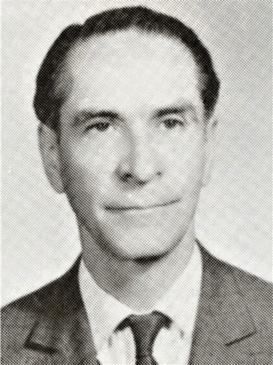
Shamseddin Amir-Alaei was an Iranian politician who served as both interior minister and justice minister in the first cabinet of Mohammad Mosaddegh. He also held other government and diplomatic posts.

Nader Batmanghelidj (1904–1998) was an Iranian military officer who served in various military and government posts. He also served as the ambassador of Imperial Iran to Pakistan and Iraq.

Abdollah Hedayat (1899–1968) was an army officer who served as the chief of general staff at the Imperial Iran Army.

The second government formed by Prime Minister Asadollah Alam was inaugurated on 19 February 1963. It replaced the first government of Alam which ended on 18 February when he submitted his resignation to the Shah Mohammad Reza Pahlavi. The cabinet lasted for nearly thirteen months until March 1964 when Asadollah Alam resigned from the office. It was succeeded by the cabinet of Hassan Ali Mansur.

The cabinet led by Haj Ali Razmara was formed on 26 June 1950 and succeeded the cabinet led by Ali Mansur who was in office between April and June 1950. Razmara was a lieutenant general at the imperial army and was serving as the chief of the general staff when he was appointed by the Shah Mohammad Reza Pahlavi as the prime minister. It was the 33rd and first military cabinet in Iran since 1924. Behrooz Moazami also argues that it was one of the cabinets which did not follow the political agenda of the Shah in addition to the cabinets of Mohammad Mosaddegh and those of Ahmad Qavam in the Pahlavi rule. The Razmara cabinet ended on 11 March 1951 three days after the assassination of the prime minister.

The cabinet led by Prime Minister Manouchehr Eghbal of Iran lasted for three years between April 1957 and September 1960 making it one of the longest tenure cabinets of the Pahlavi rule. The cabinet succeeded the second cabinet of Hossein Ala' who resigned on 3 April 1957.
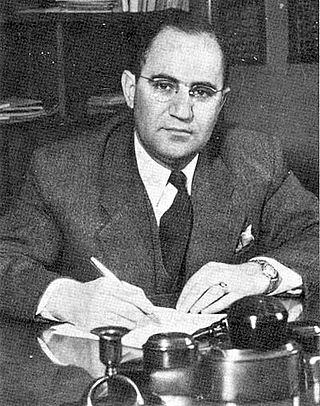
Jahanshah Saleh (1905–1995) was an Iranian physician. He served as health minister and as an obstetrician of Queen Farah Diba, spouse of Shah Mohammad Reza Pahlavi.
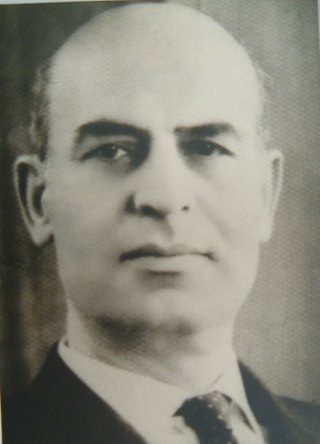
Javad Sadr was an Iranian diplomat and politician who held various public and cabinet posts. He was one of the Iranian ambassadors to Japan. He was the minister of interior and minister of justice in the 1960s.















